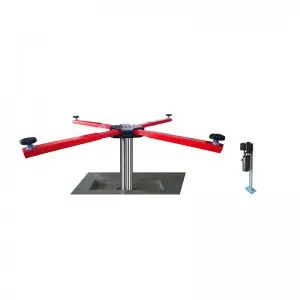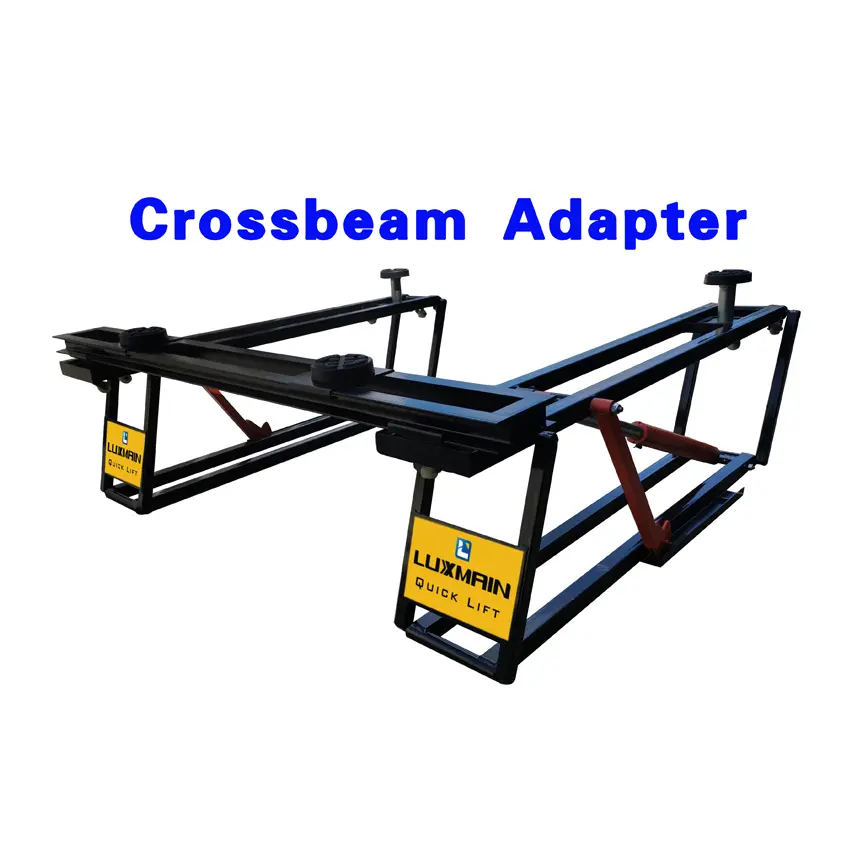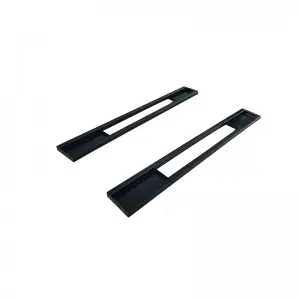An inground lift is a popular choice for many automotive professionals and DIY enthusiasts who seek efficient and safe car maintenance operations. With an inground lift, the vehicle rests on a recessed platform, allowing for easy access to the undercarriage of the automobile. While there are several advantages to using an inground lift, there are also a few disadvantages that you should consider before purchasing it.
Advantages of an Inground Lift:
1. Saves Space
If you have limited space in your garage or workshop, an inground lift is an excellent space-saving solution. Since it is installed underground, only the lift platform and controls are visible on the surface, allowing you to make the most of your limited space.
2. Improved Visibility
When you work on an inground lift, you have unobstructed visibility of the underside of the vehicle. You can easily spot oil leaks, cracked bolts, or any other damage that may need attention. This increased visibility helps you to keep your vehicle in good working order.
3. Better Ergonomics

The Advantages and Disadvantages of Using an Inground Lift
Working on a car on an inground lift is comfortable because you do not have to bend down, crawl, or lean over the engine. The lift platform brings the vehicle to the right height to work on it, providing a comfortable and efficient working environment.
4. Safe and Stable
An inground lift is bolted down and anchored to the ground, making it more stable and secure than other types of lifts. Additionally, the vehicle is held securely in place on the lift platform, reducing the risk of accidents or injuries.
Disadvantages of an Inground Lift:
1. More Expensive
The cost of buying and installing an inground lift is much higher than that of a portable lift, a hoist, or a scissor lift. So, if you have a tight budget, an inground lift may not be an affordable option.

The Advantages and Disadvantages of Using an Inground Lift
2. Complex Installation
Installing an inground lift is a complicated process that involves digging a pit and several underground utility work. If you have limited space, access issues or live in an area with solid bedrock, installing an inground lift may be difficult or impossible.
3. Higher Maintenance Costs

The Advantages and Disadvantages of Using an Inground Lift
A lift installed underground requires a high level of maintenance to keep it functioning correctly, raising the cost of ownership. Any leaks, damage, or electrical malfunctions might need a specialist to fix, adding more expenses to the regular maintenance costs.
Conclusion
An inground lift is an excellent investment for professionals and car enthusiasts who require an efficient and safe way to work on their vehicles. However, it also comes with a few disadvantages that should consider before purchasing it. Make sure to weigh both the pros and cons to decide whether an inground lift is the right choice for your needs and budget.ac series



